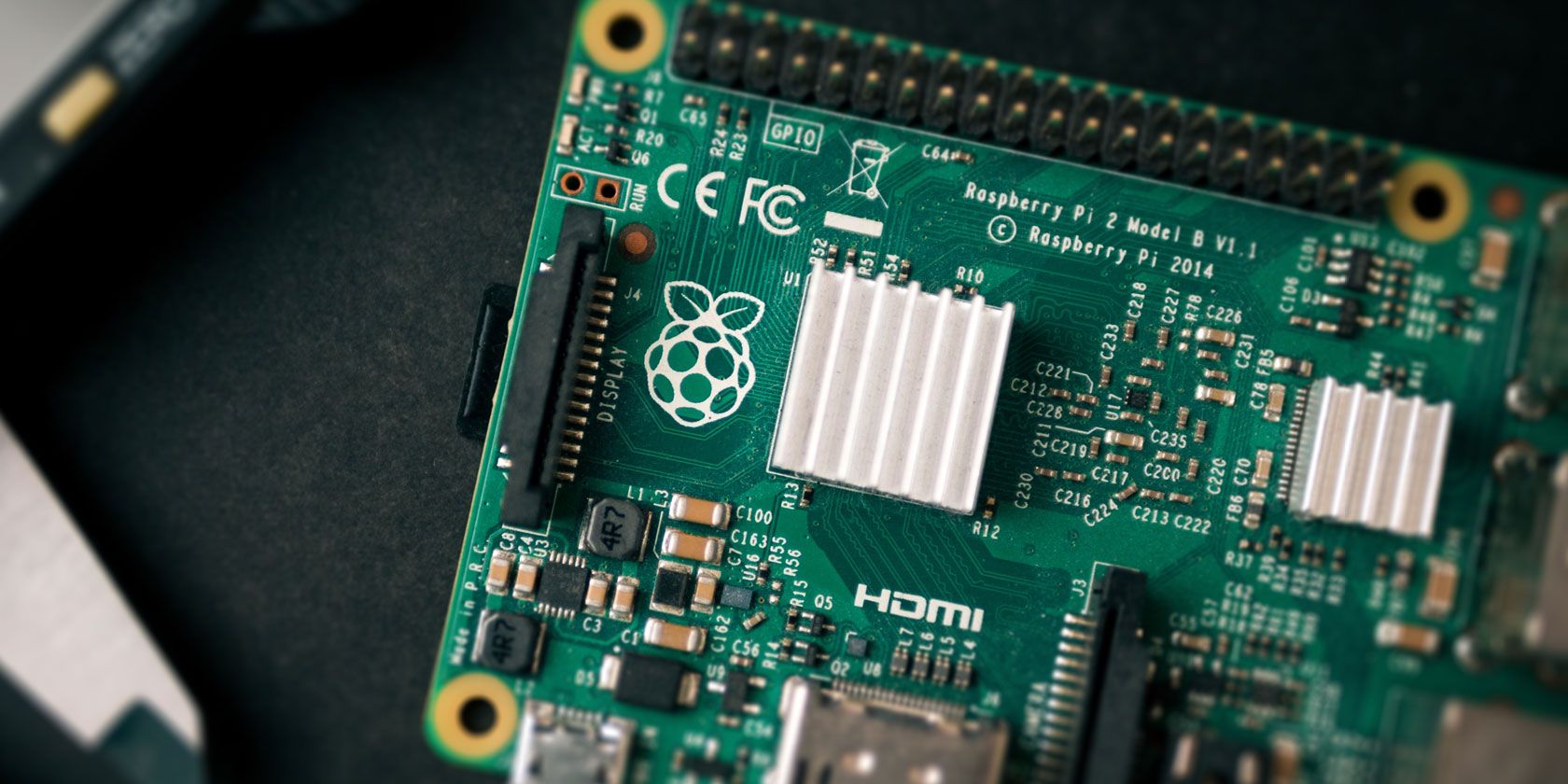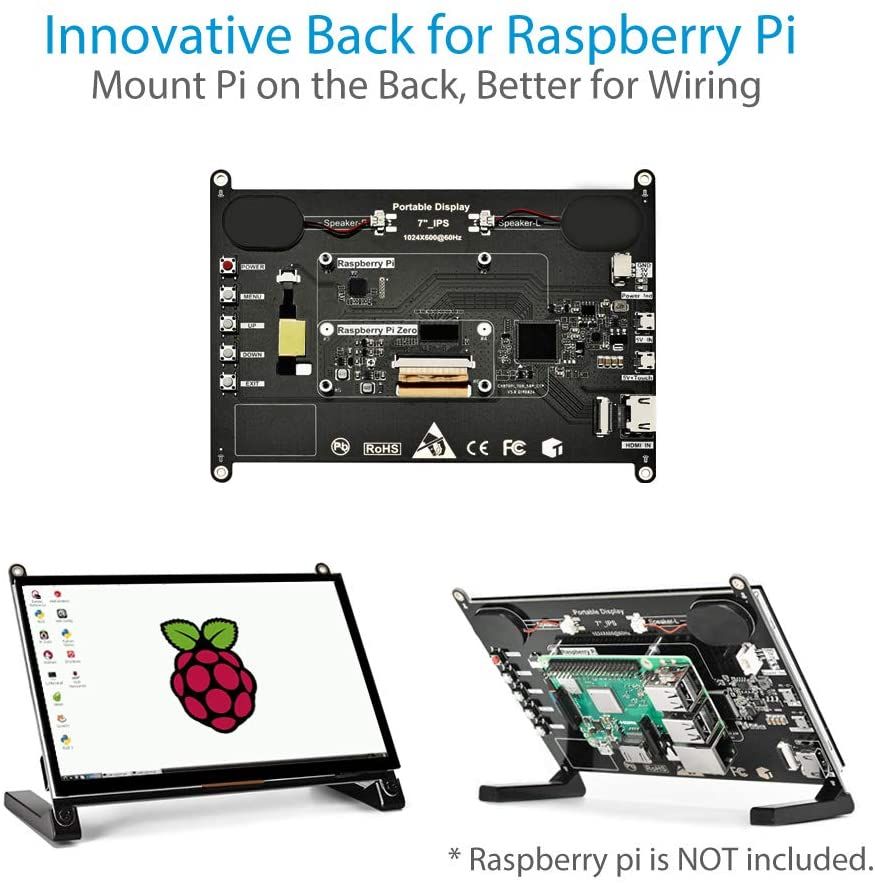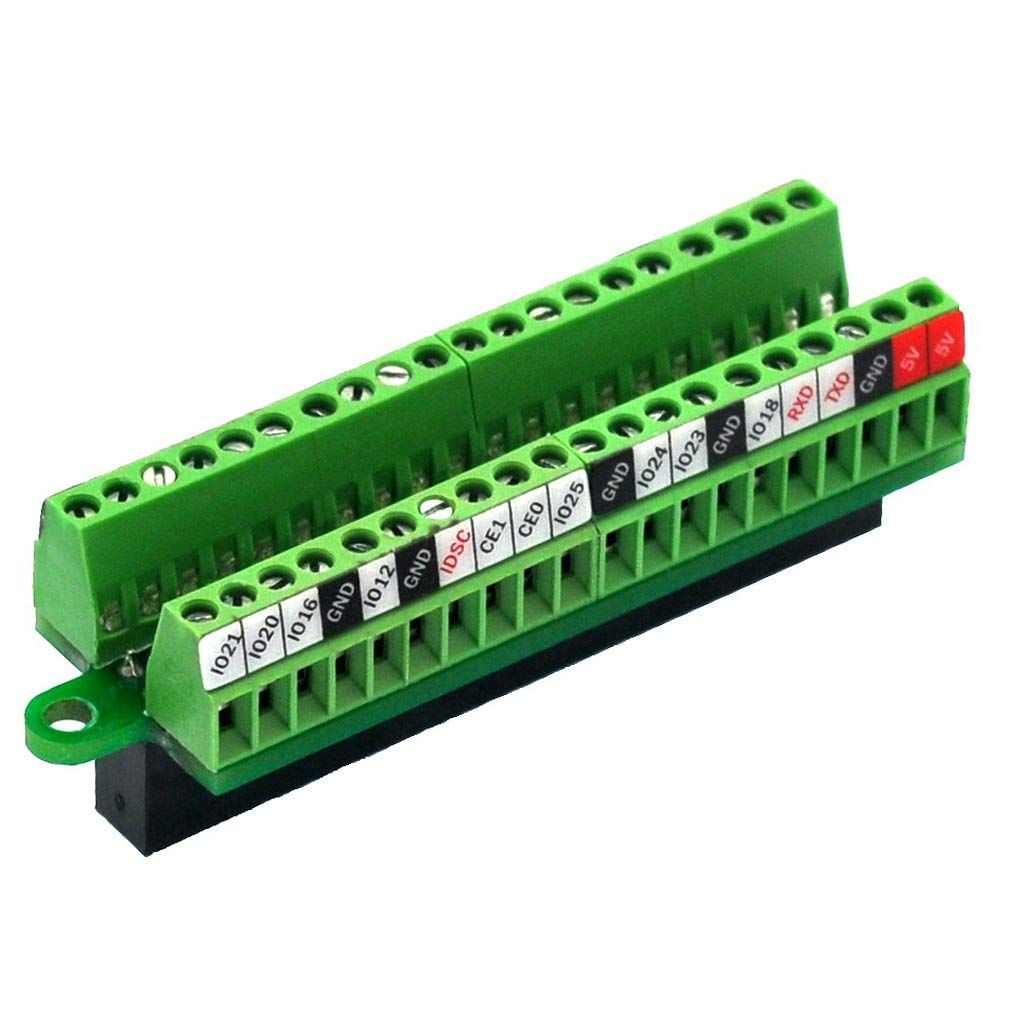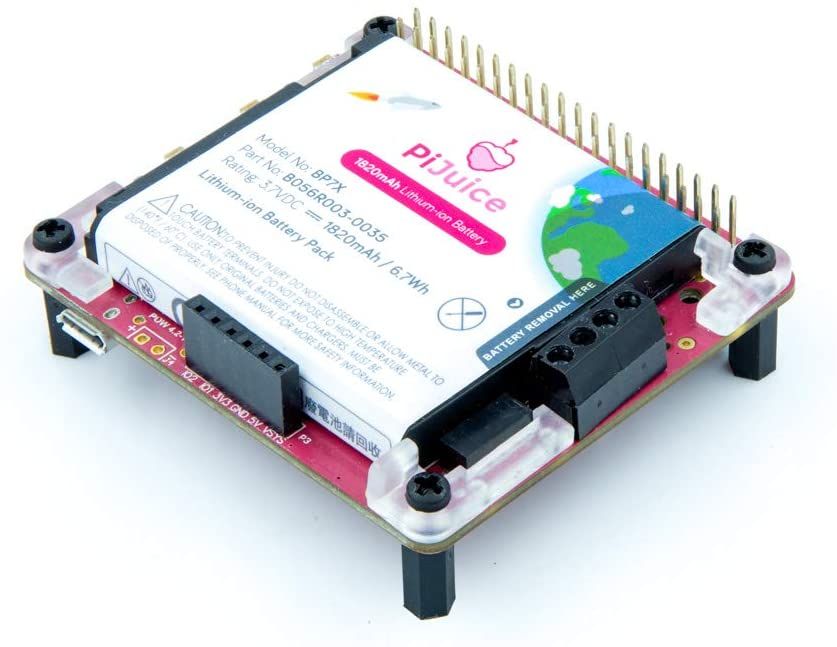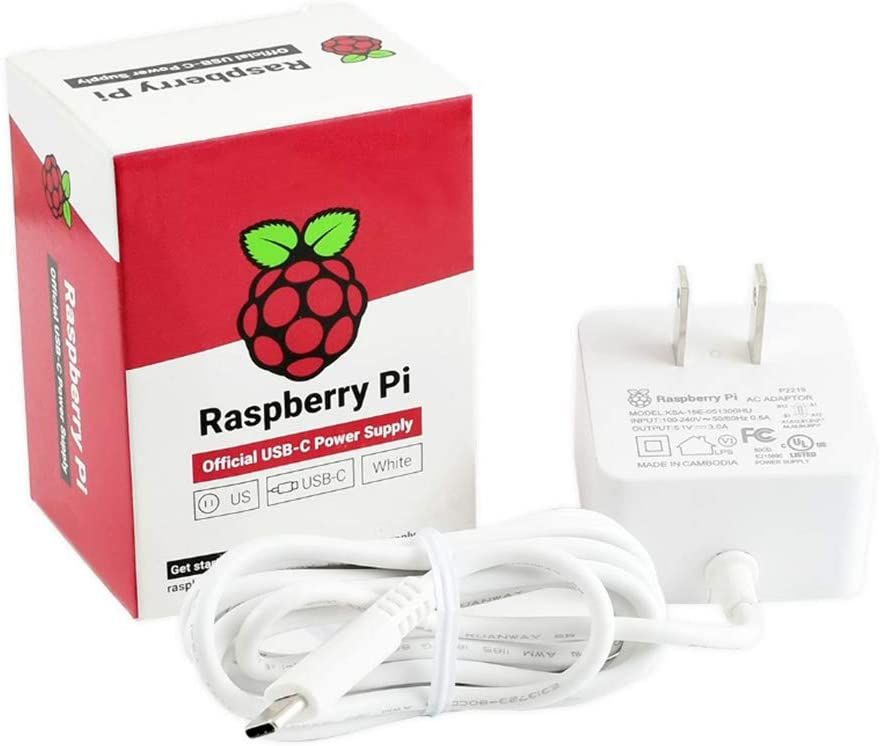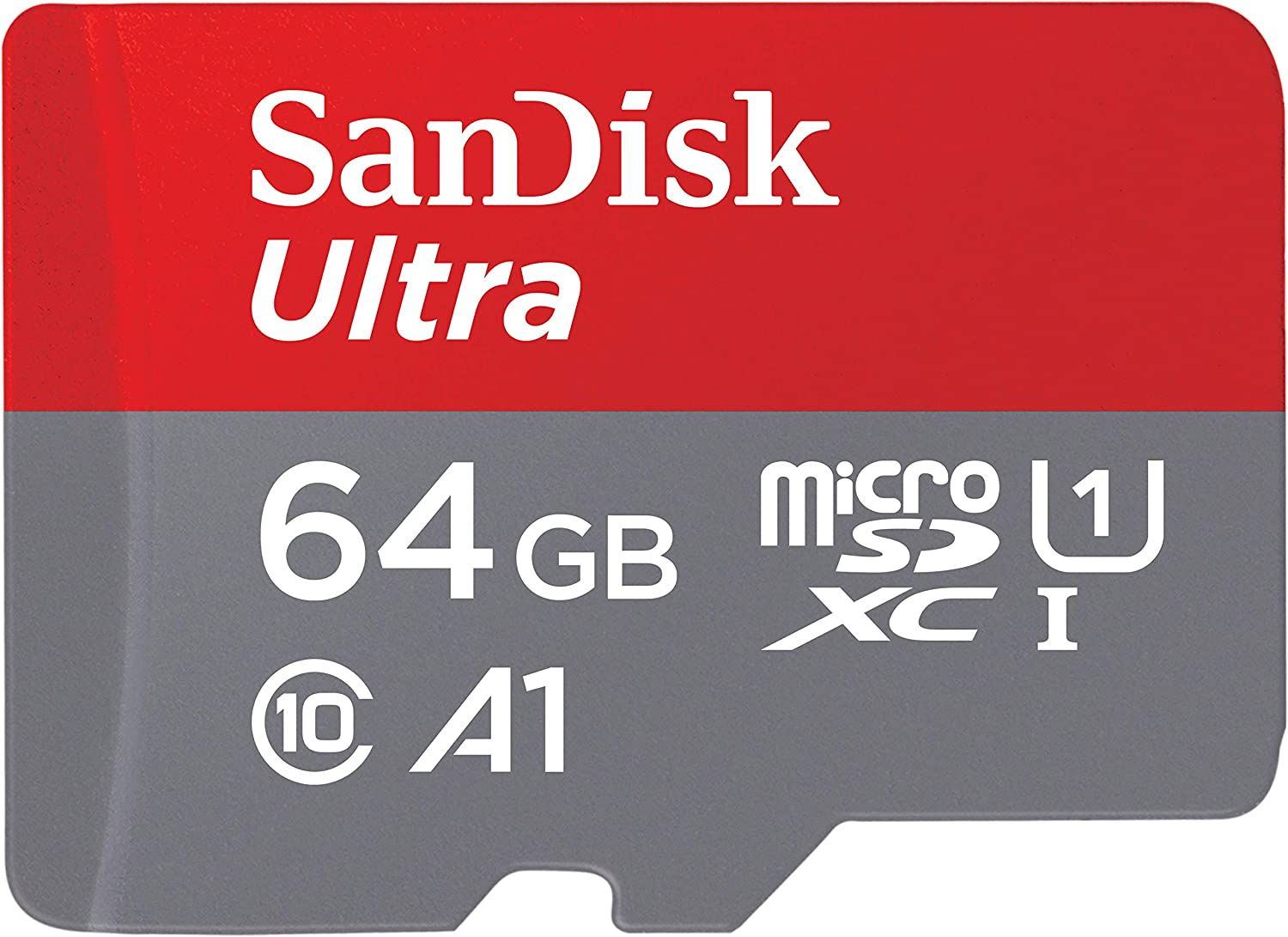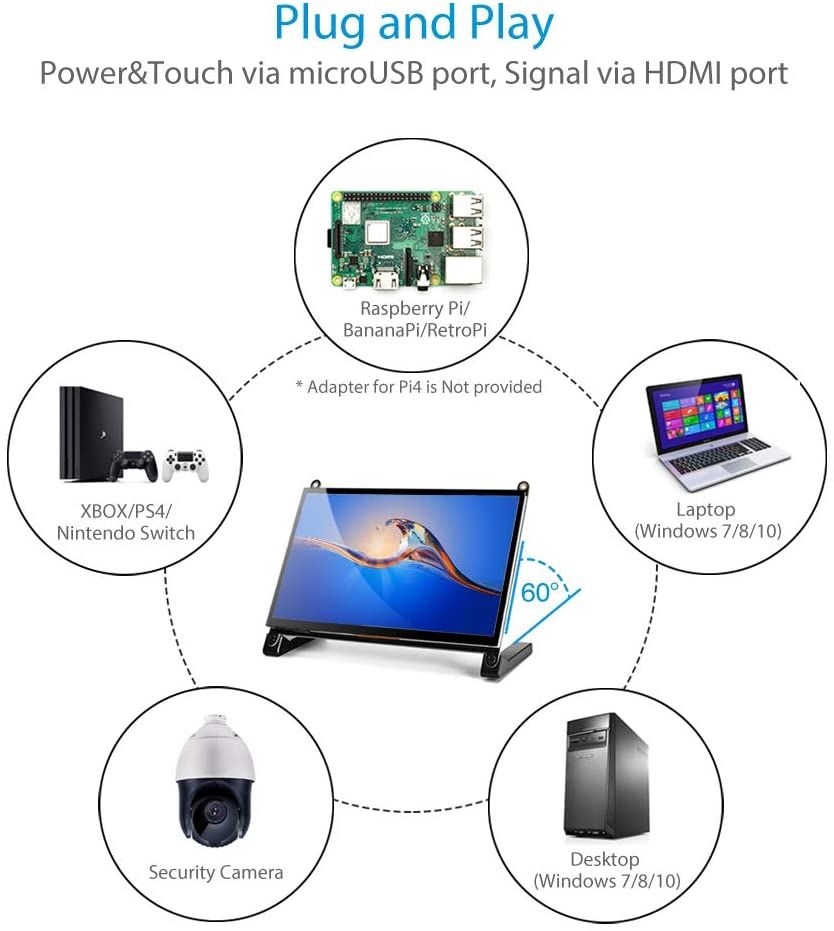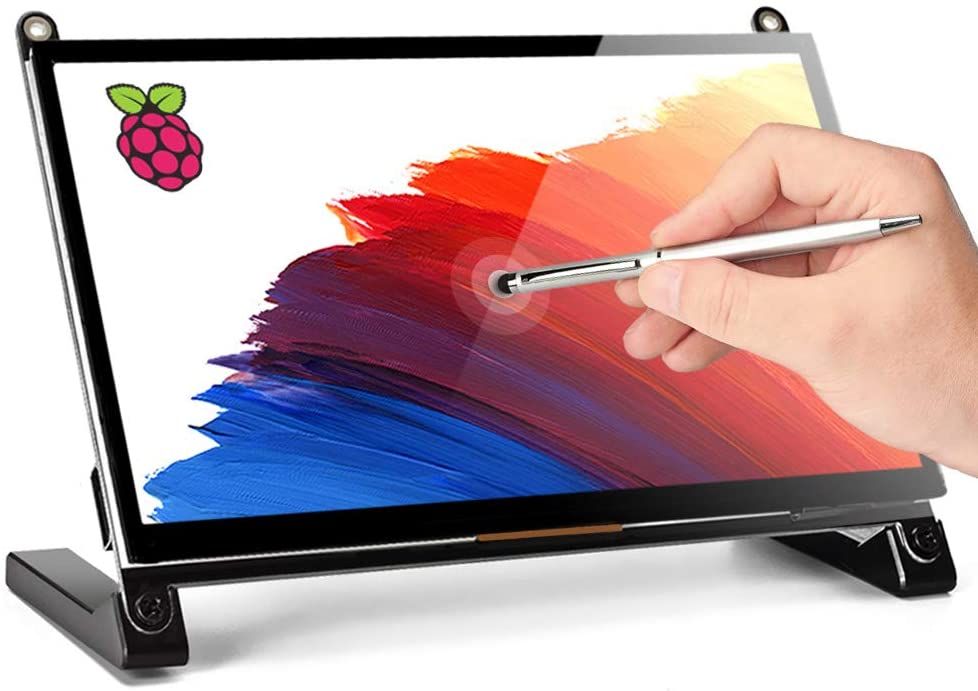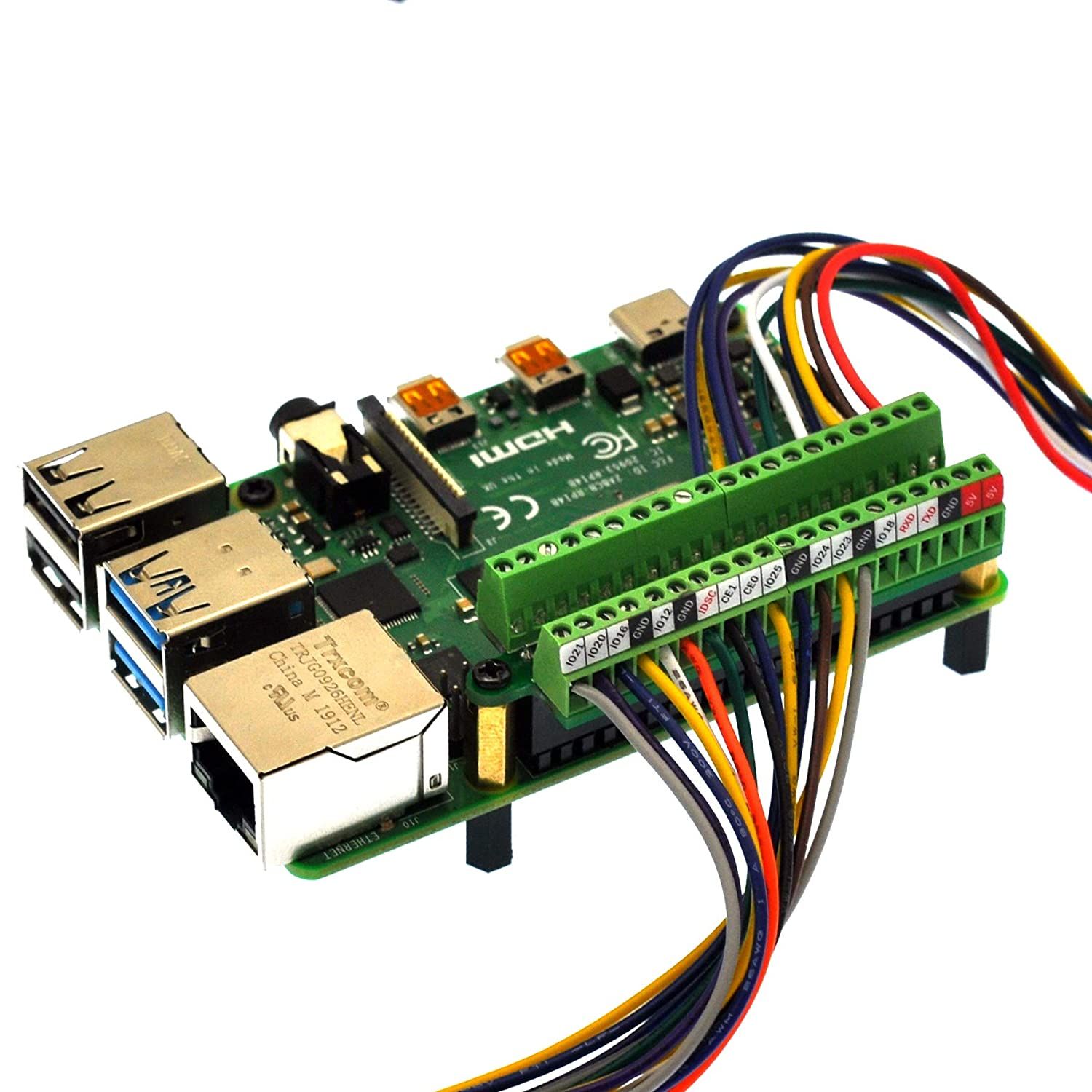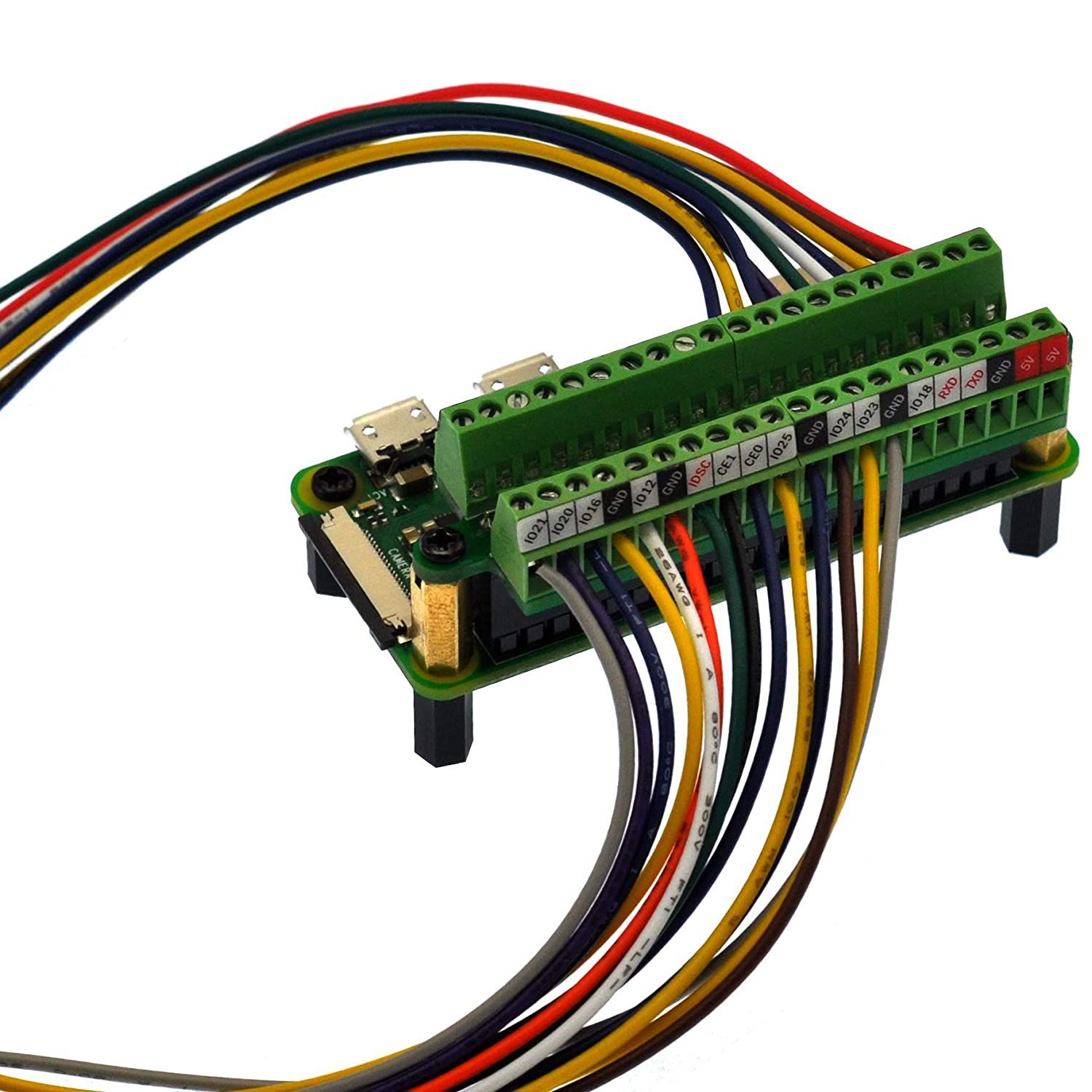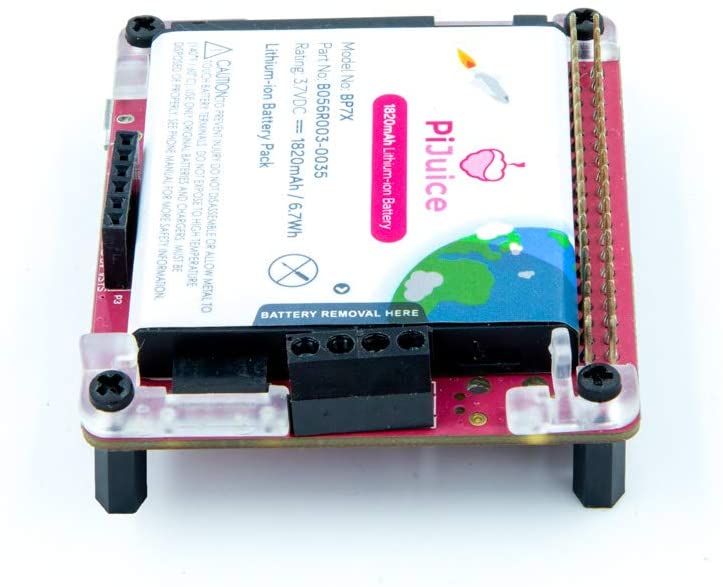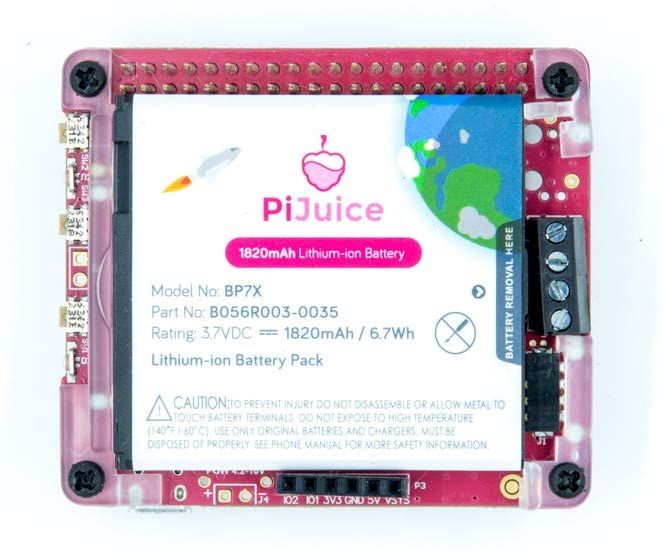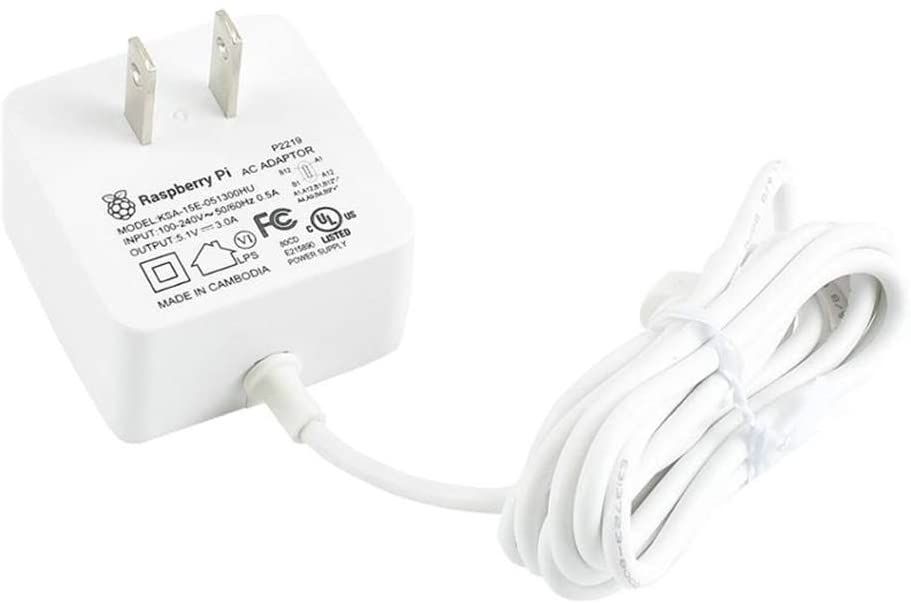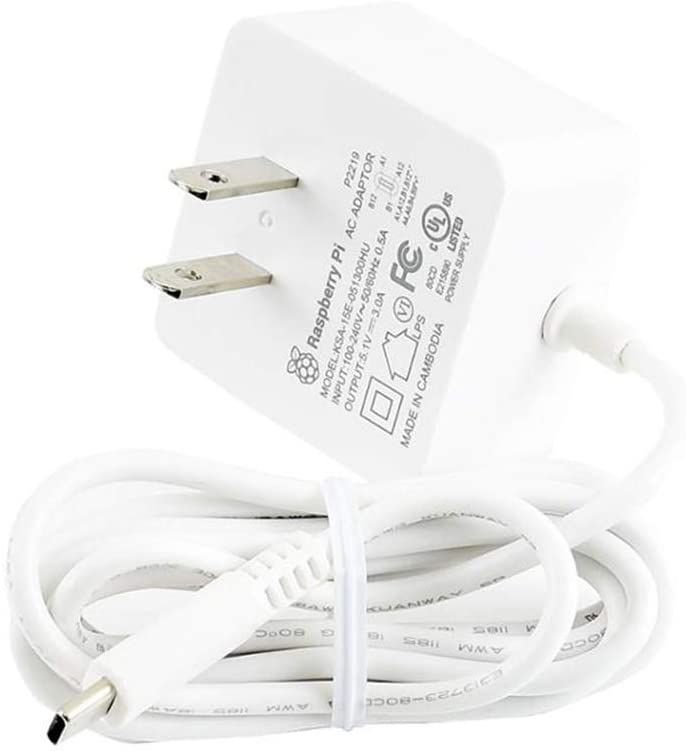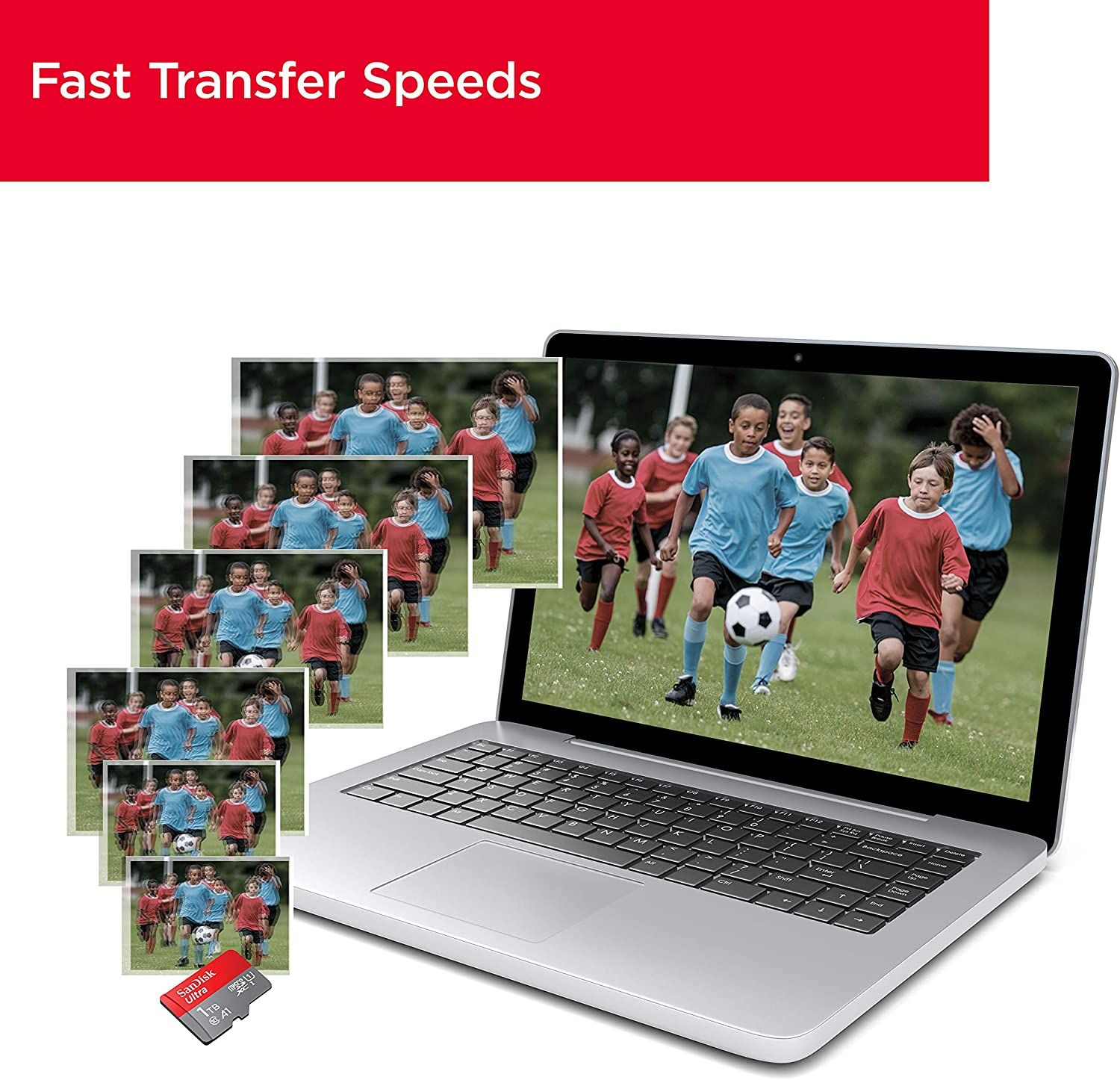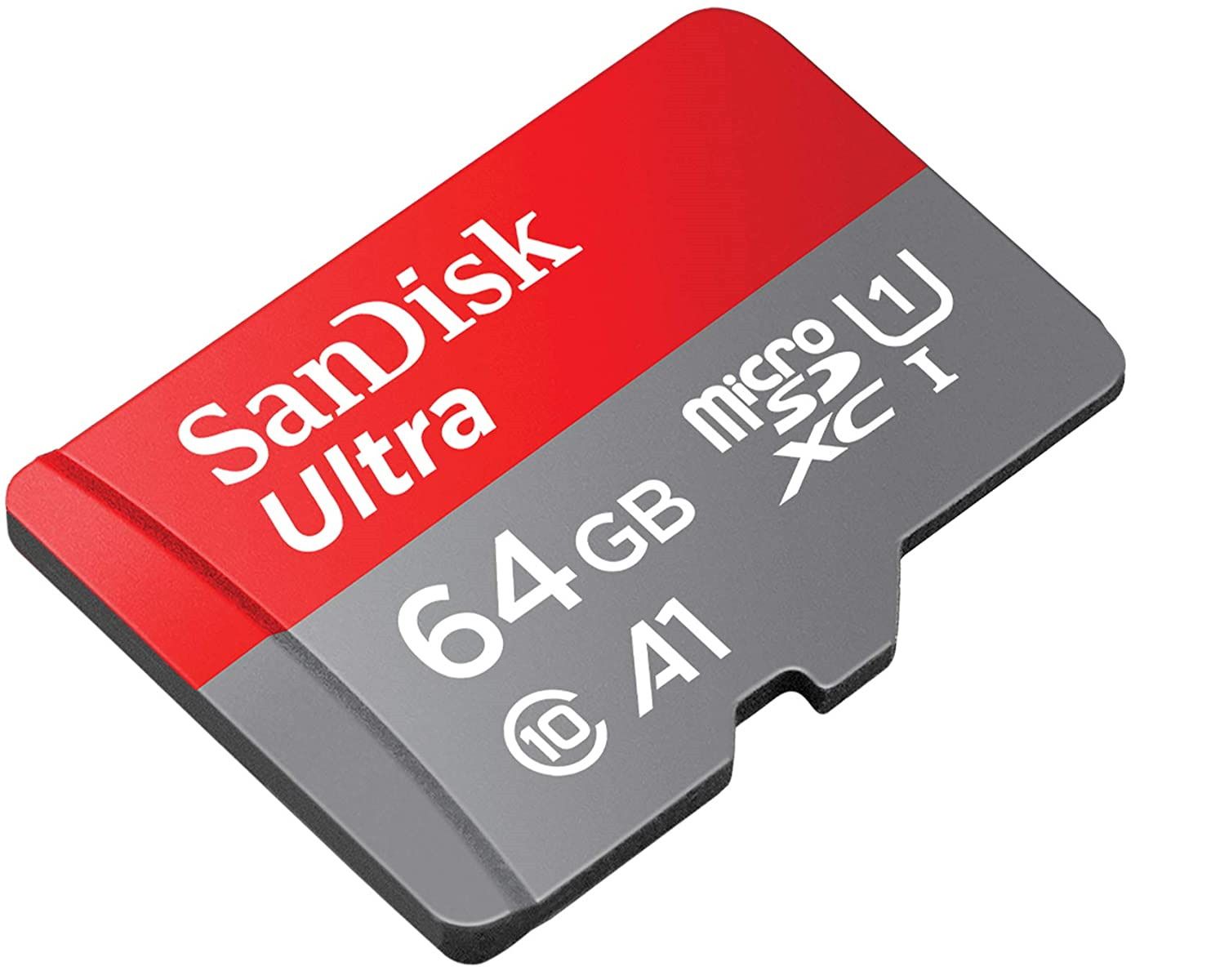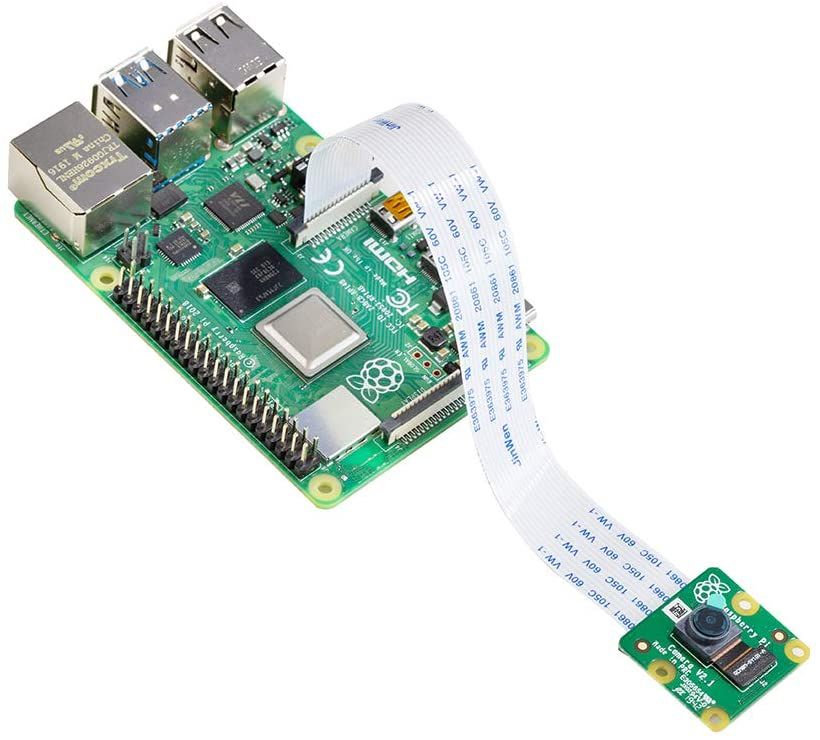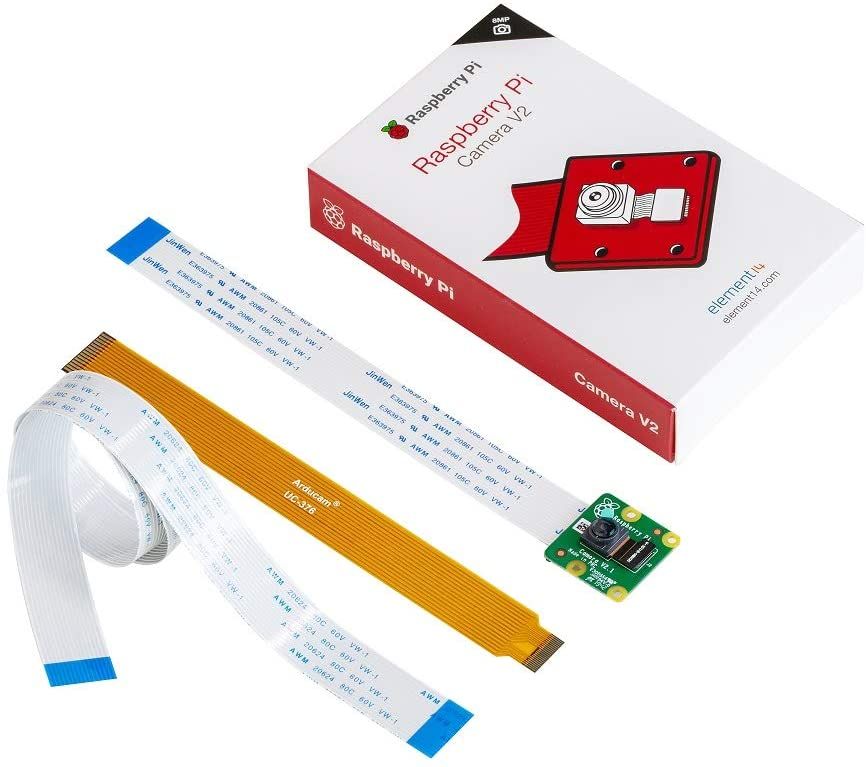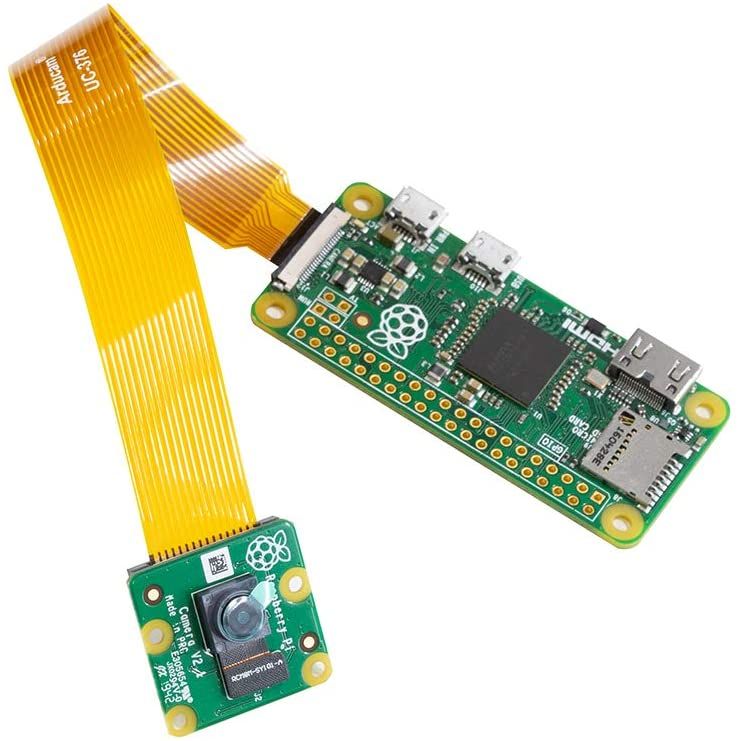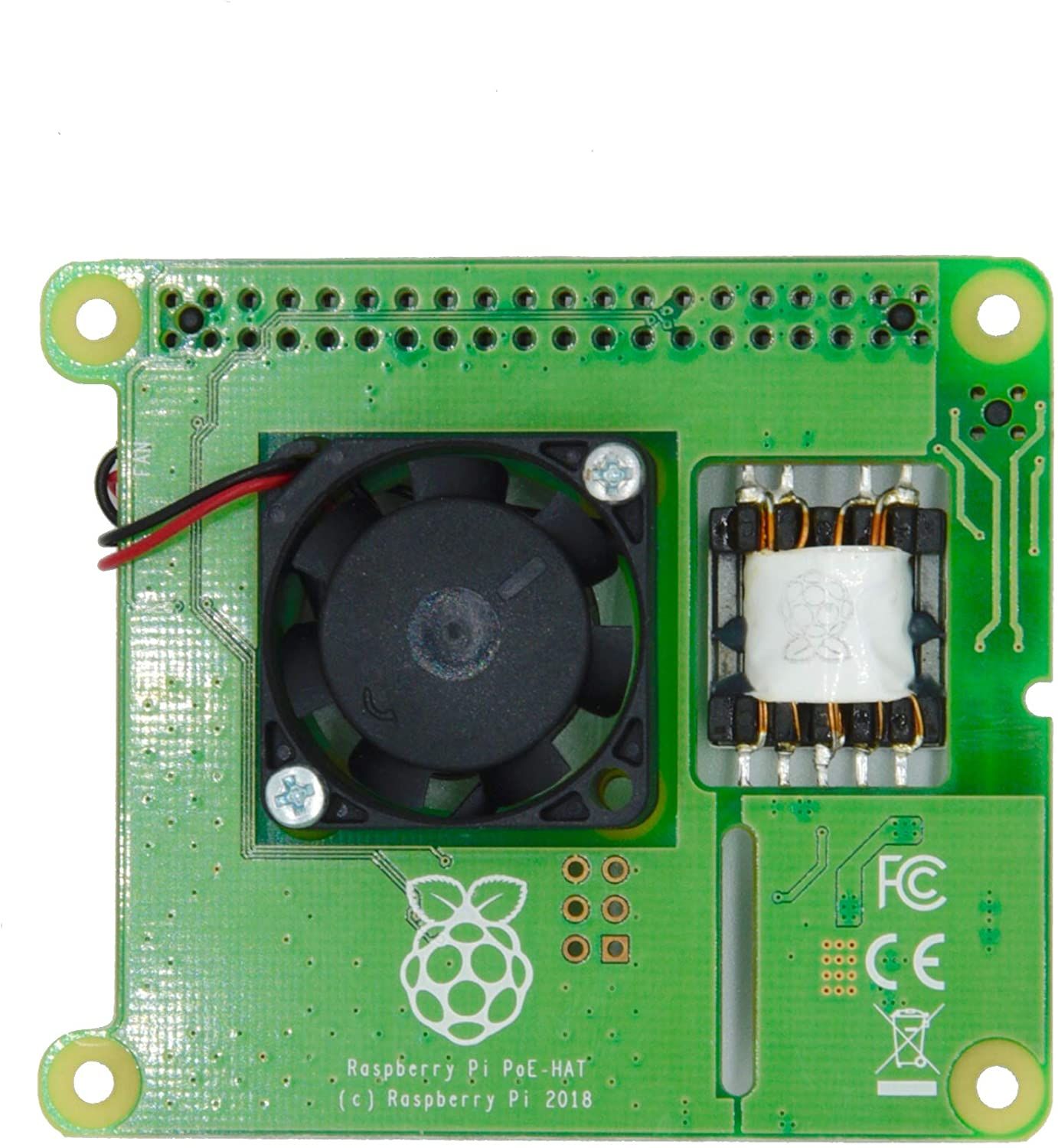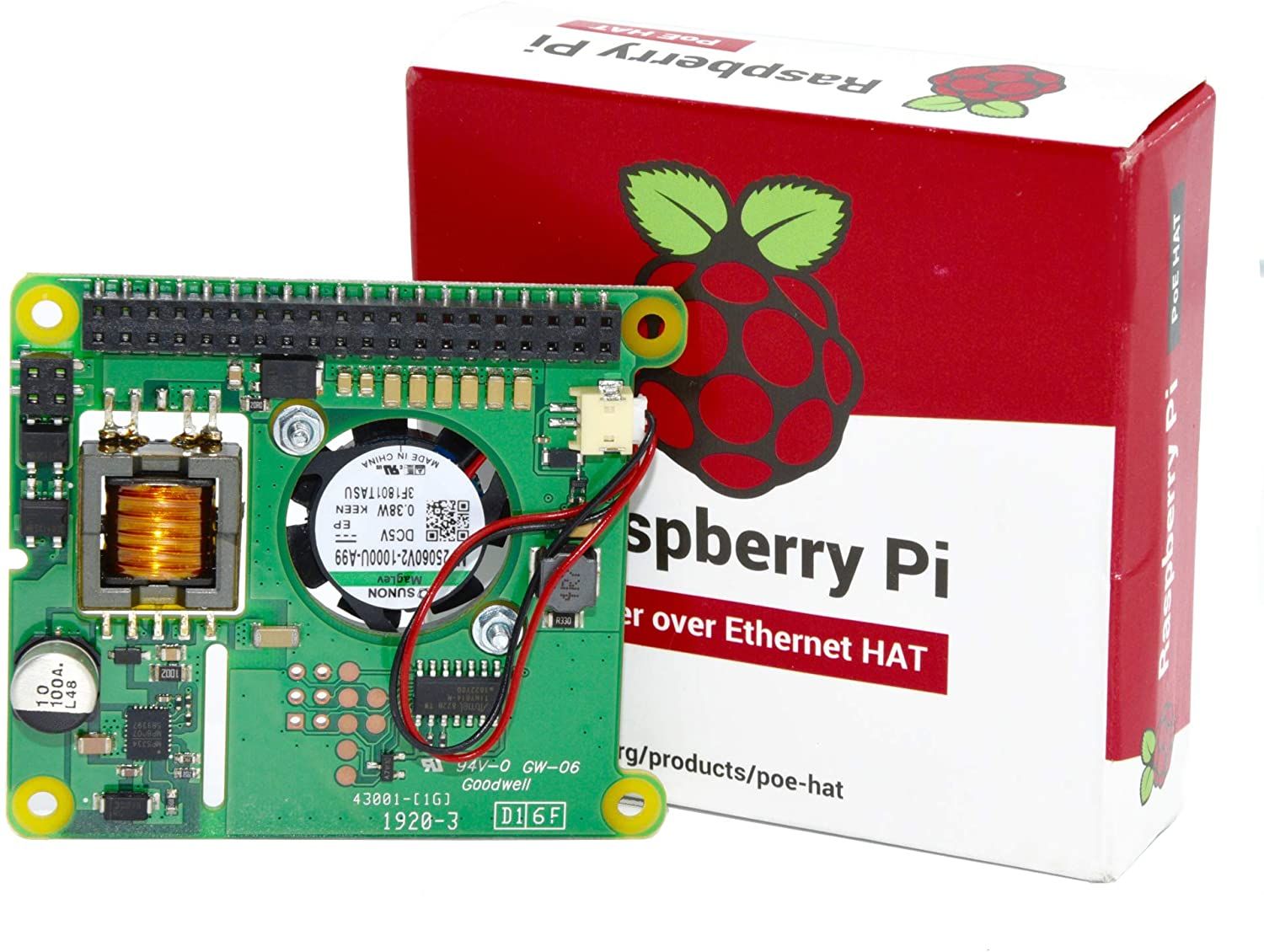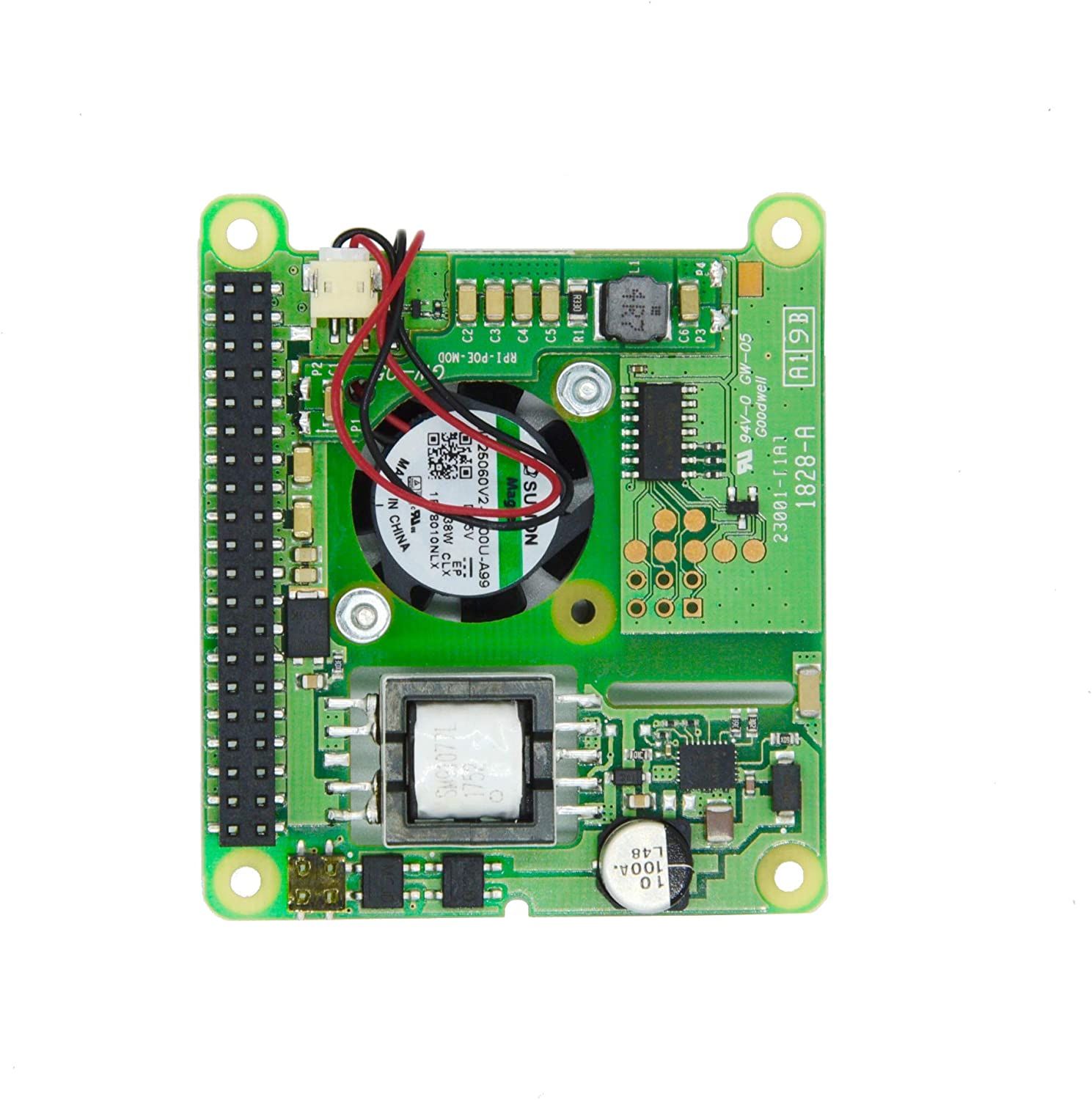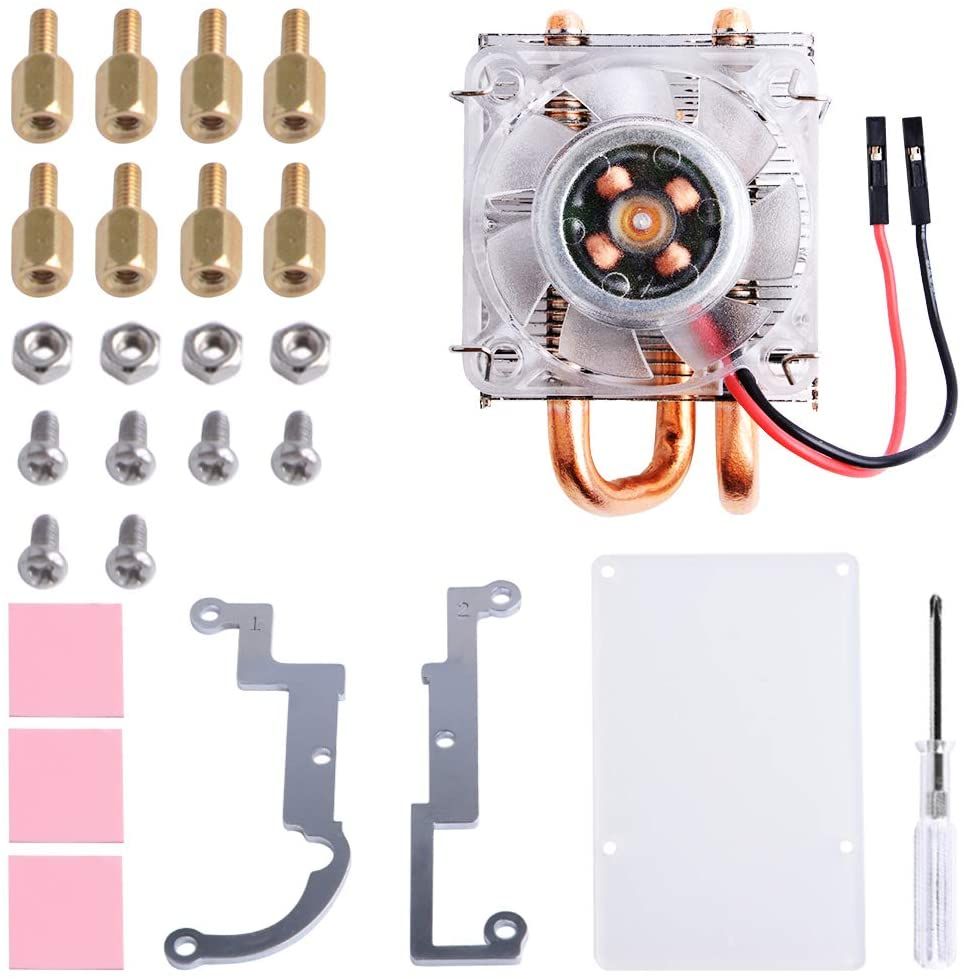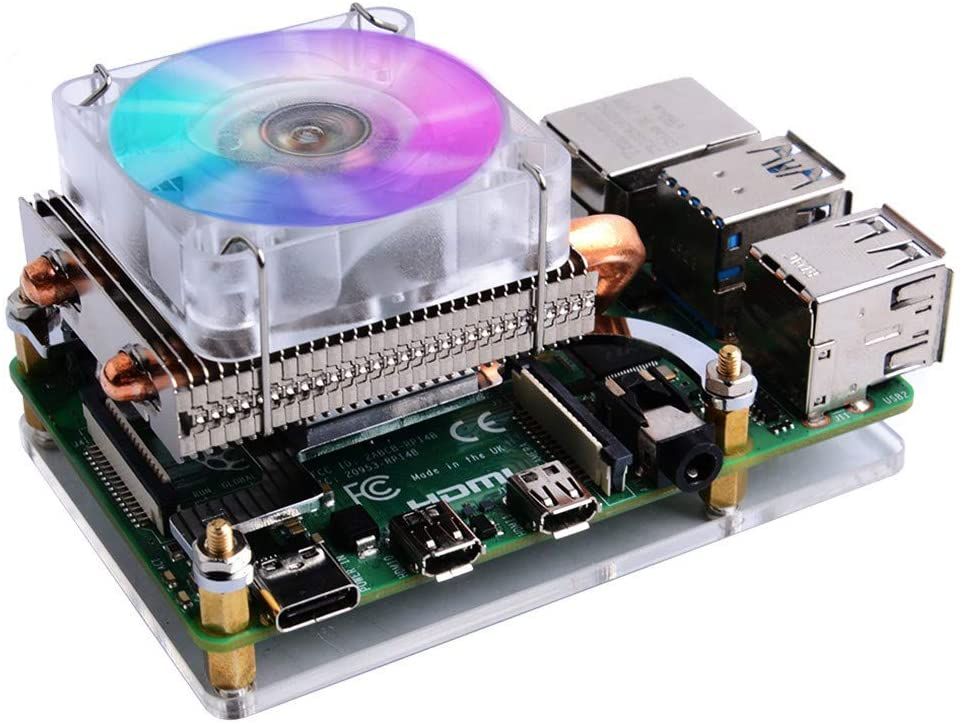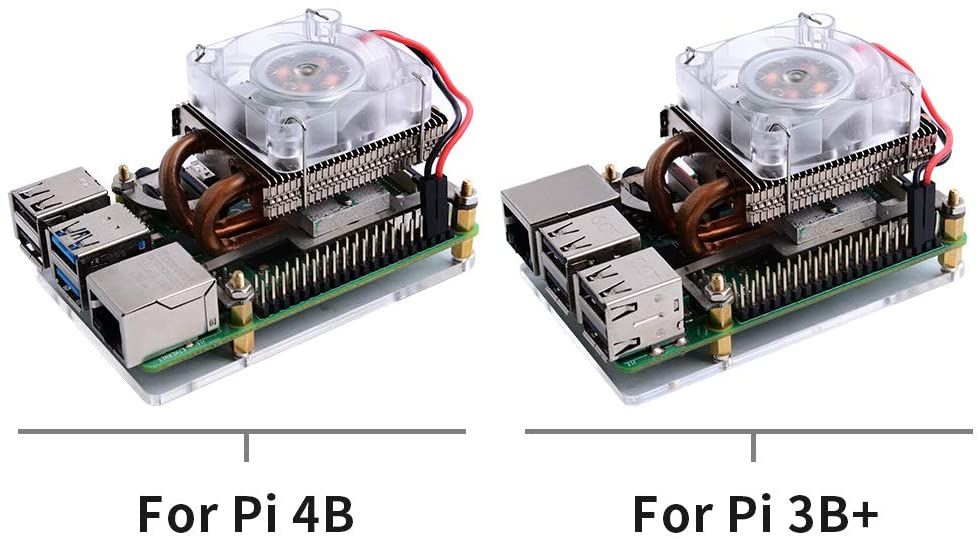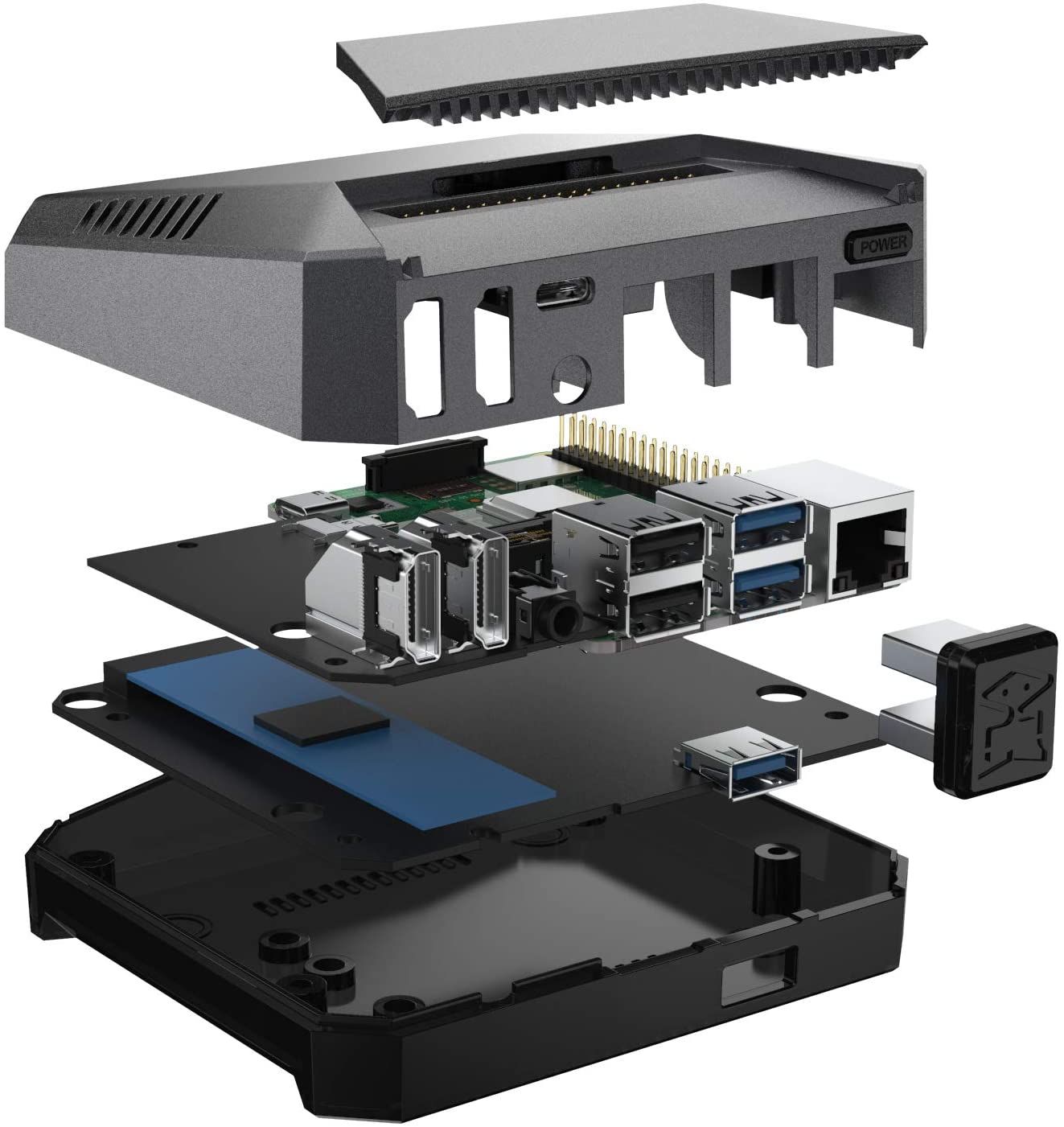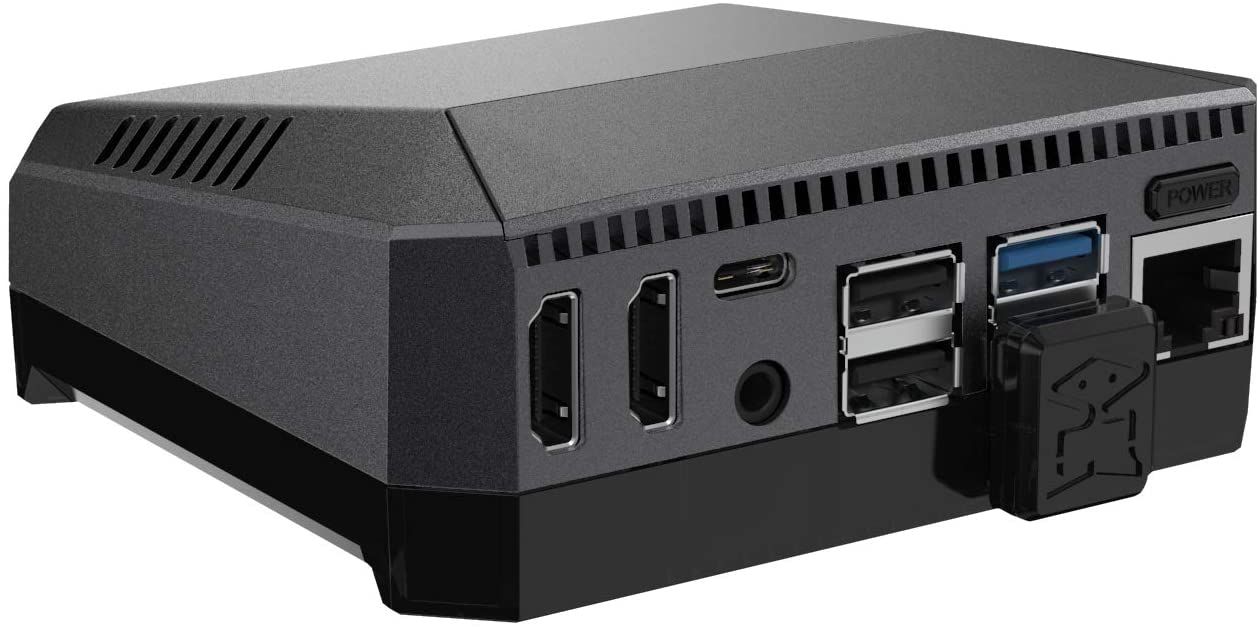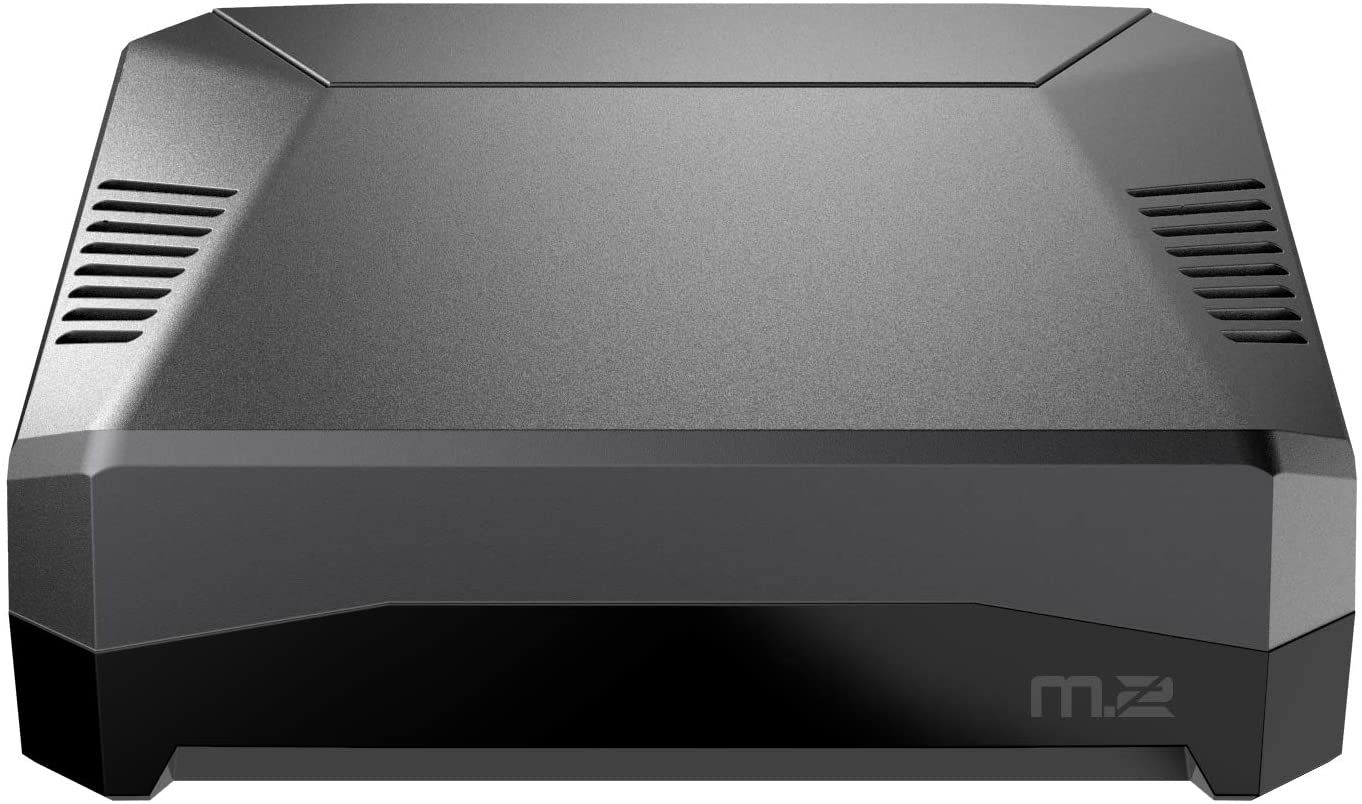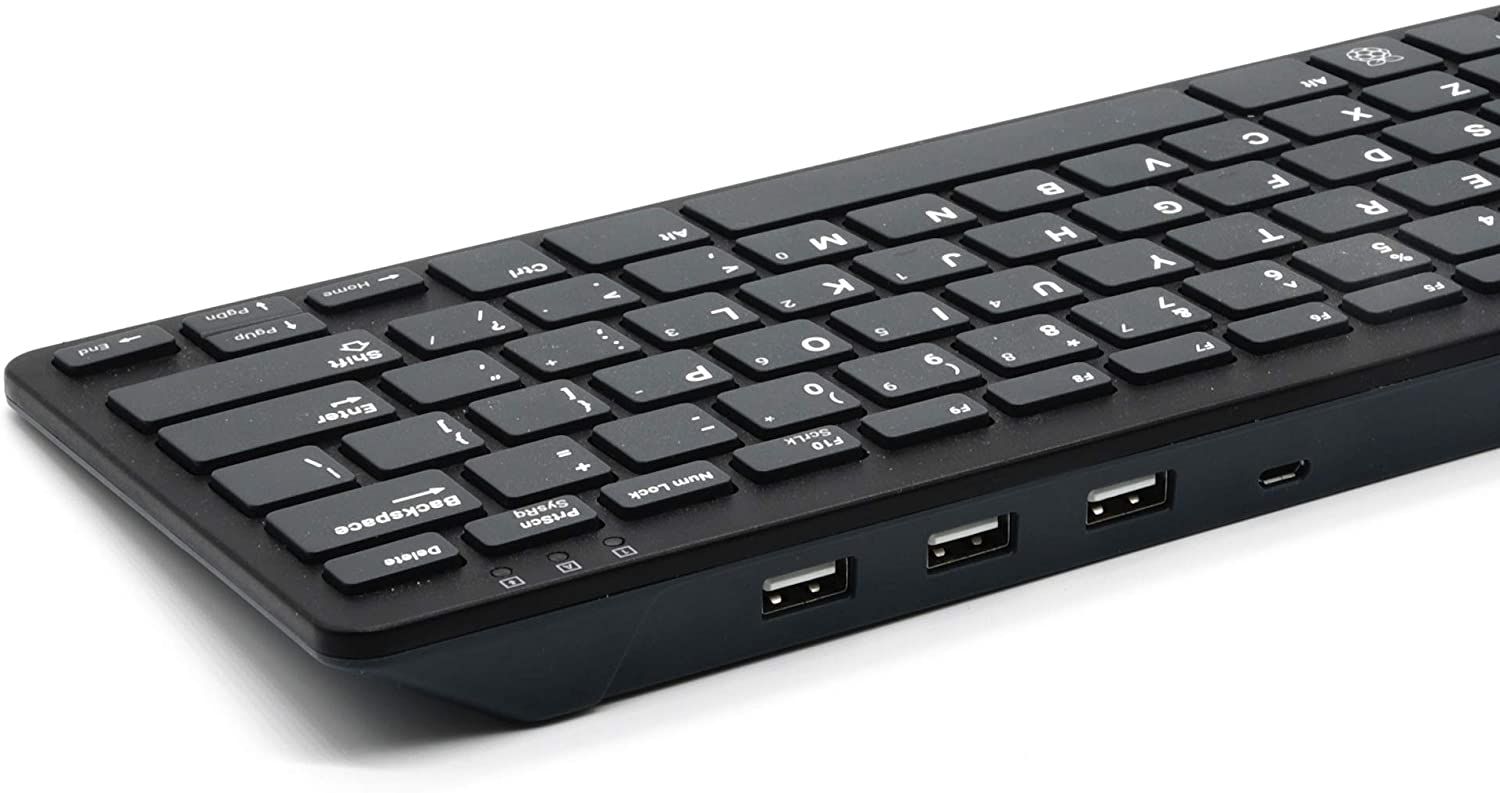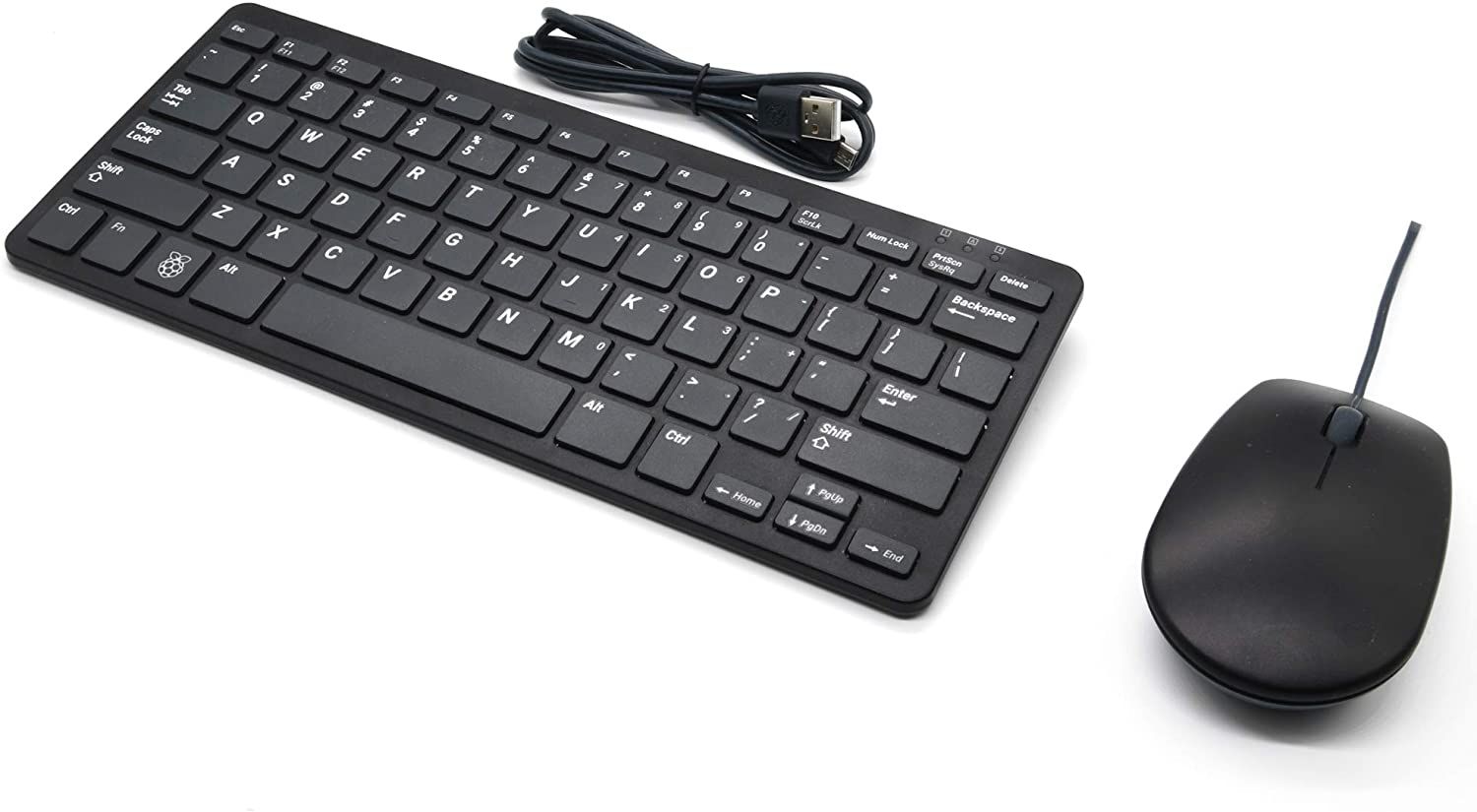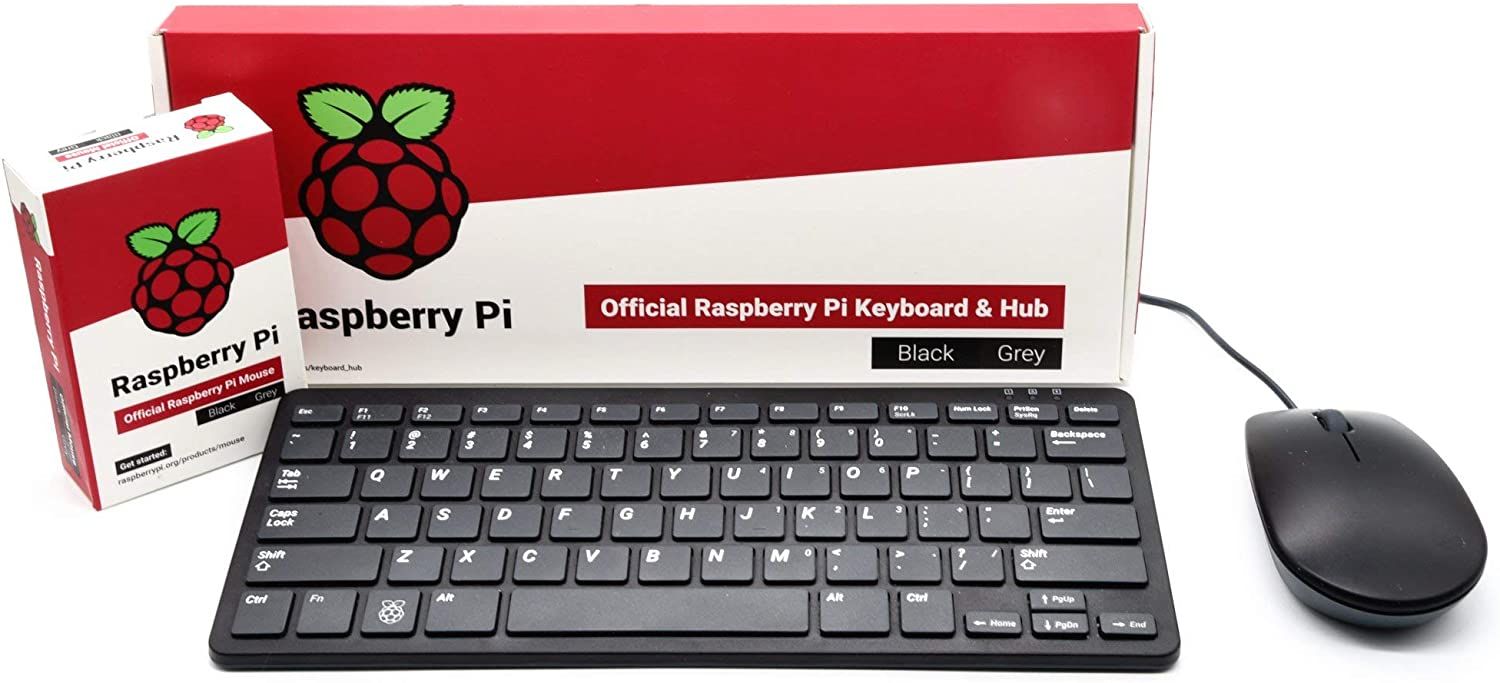- 9.00/10 1. Premium pick: Raspberry Pi Touchscreen Monitor
- 9.40/10 2. Editors choice: GPIO Breakout Module
- 8.40/10 3. Best value: PiJuice HAT
- 9.60/10 4. Raspberry Pi 4 Power Supply
- 9.60/10 5. SanDisk 64GB microSD Card
- 9.40/10 6. Raspberry Pi Camera Module v2
- 9.20/10 7. Raspberry Pi PoE HAT
- 9.60/10 8. GeeekPi Raspberry Pi 4 Fan
- 9.00/10 9. Argon ONE M.2 Case for Raspberry Pi 4
- 9.20/10 10. Raspberry Pi Keyboard and Mouse
You've chosen your Raspberry Pi. But which accessories should you buy to enhance it? You'll need a power supply and microSD card for definite, but what next?
Here are the top Raspberry Pi accessories you should consider buying for your future Pi-based projects.
A compact 7-inch touchscreen display for the Raspberry Pi, this Raspberry Pi Touchscreen Monitor is an excellent alternative to hooking your Pi up to a TV. With a 16:9 ratio and 1080p maximum resolution, the IPS HD display is suitable for everything from standard computing to streaming media and retro gaming.
Compatible with all Raspberry Pi models, including the Zero, this display features a smart mounting system on the rear. Here you'll find the necessary mounting points and connectors for integrating your Raspberry Pi with the display.
The Raspberry Pi's main USB ports remain accessible, but the display has ports of its own, including dual USB ports and HDMI-in. It also features an array of control buttons and dual speakers.
It's easy to assemble, too, and you'll have your Raspberry Pi connected and running in just a few minutes. As a bonus feature, the display can even be used with game consoles and desktop computers.
- Crisp 7-inch 16:9 IPS HD Panel display
- Five-point touchscreen
- 178-degree viewing angle
- Dual speakers
- Brand: Lebula
- Screen Size: 7 inches
- Display Technology: IPS HD panel
- Resolution: 1920 x 1080
- Aspect Ratio: 16:9
- Refresh Rate: 60Hz
- Ports: HDMI, micro-USB
- Easy assembly
- Supports multiple Raspberry Pi operating systems
- Can be used with PCs and consoles
- Lightweight
- 1080p maximum resolution
- No back panel
One of the key reasons to use a Raspberry Pi is to utilize the GPIO (General-purpose input-output) array. This collection of power, data, and instruction pins comprises 40 pins on most models (except the early Raspberry Pi 1 A and boards).
Connecting devices to the GPIO can be complicated, requiring jumper wires. If you don't have these to hand, the GPIO Breakout Module is the perfect solution.
Once mounted on the GPIO, stripped end wires (4.5mm) can be connected to the breakout module. A small screwdriver is included to secure the wires, and each GPIO is labeled for accuracy.
The kit includes 4x M2.5x6mm screws, 4x 10mm nylon standoffs, and 2x 11.5mm brass standoffs. Note that this GPIO Breakout Module is unsuitable for Raspberry Pi boards with 26 pins.
- Support for all consumer Raspberry Pi models
- Terminal block
- 40-pin GPIO adapter
- Brand: OONO
- Connectivity: GPIO
- Color: Green
- Weight: 1.59 Ounces
- Lets you use any type of electronics wire with the GPIO
- Easy to install
- Size can interfere with other devices such as cooling fans
- Adds weight to the GPIO
Famously non-portable and without a built-in power switch, an external power solution is ideal for the Raspberry Pi. The PiJuice HAT is a great option that adds an intelligent power switch and portable power for up to six hours (expandable to 24 hours).
Furthermore, it also acts as an uninterruptible power supply (UPS), ensuring your Raspberry Pi shuts down safely in the event of a power failure. As a HAT, the PiJuice sits on the Raspberry Pi board, atop the GPIO. It also uses the same mounting points as the Pi for simplicity.
Suitable for everything from a radio ham project to a Pi-based carputer or any other portable purpose, the PiJuice HAT is ideal for most Pi models. Note, however, that this solution is unsuitable for the Raspberry Pi 4 due to the models' power draw.
- 1820mAh Lipo/Lilon battery
- UPS solution
- Onboard power switch
- Supports larger capacity battery
- For Raspberry Pi Zero, A+, B+, 2B and 3B models
- Brand: PiJuice
- Battery Capacity: 1820mAh
- Ports: GPIO passthrough, external connectors
- Weight: 3.53 ounces
- Makes the Raspberry Pi portable
- Solder-free Pogo pin connectors
- 4-6 hours constant use
- Doesn't support Raspberry Pi 4
4. Raspberry Pi 4 Power Supply
It is tempting when buying a Raspberry Pi to skimp on the power supply. After all, it's a USB power supply, identical to your mobile phone charger, right? Wrong.
The Raspberry Pi requires a specific minimum level of power, something that mobile phone chargers cannot provide. It's smarter to use an official charger, explicitly designed for use with the compact Raspberry Pi computers.
For the latest Raspberry Pi 4 models, this official charger features a USB Type-C connector and comes in white or black. Outputting the required 3.0A from a 5.1V supply, the Pi 4 power supply can handle anything.
Whether you use your Raspberry Pi 4 for basic computing tasks, game streaming, or media streaming, it is suitable for these tasks and more, including running the Pi as a media server or web server.
- USB Type-C
- Choice of white or black
- Brand: Raspberry Pi
- Output: 3A
- Connection type: USB Type-C
- 3A output
- Limited to Raspberry Pi 4 models
5. SanDisk 64GB microSD Card
The default storage option for a Raspberry Pi is its microSD card. This stores the boot script, along with the operating system, choosing a good quality microSD card is vital. Cheaper alternatives might do the job, but they won't last nearly as long.
A sub-standard microSD card will fail sooner rather than later. The result can often be lost data, which is difficult to recover from flash storage. If you're using your Raspberry Pi for programming, for example, it would be devastating to lose hours or weeks of hard work.
Similarly, if the Pi is your go-to choice of retro gaming platform, a corrupt microSD card means you've got to start your set up from scratch. The SanDisk 64GB microSD Card has excellent error correction, making it far more reliable than cheaper alternatives.
It is also faster and consequently should be your top choice for Raspberry Pi boot media. Note that it is worth registering the card for the 10-year manufacturer warranty.
- 120MB/s transfer speeds
- 10-year manufacturer warranty
- Brand: SanDisk
- Capacity: 64GB
- Flash Memory Type: SDHC
- Hardware Interface: MicroSDXC
- Speed (Read, Write): 120MB/s
- High-quality flash storage
- Error correction
- Fast data transfer
- Very small
- Easily dropped
6. Raspberry Pi Camera Module v2
One of the most popular accessories for the Raspberry Pi is the camera module, a lightweight addition that connects to the CSI connector. This is a ribbon port of the Raspberry Pi which is small enough to make attachment a little frustrating.
Once connected, the Raspberry Pi Camera Module expands the horizons of the Pi computer considerably. You can configure it for video streaming, stop motion video, time-lapse photography, or standard photography. Other projects include a dashcam, a home security camera, and even a webcam.
The 8MP Sony IMX219 sensor outputs 1080p video at 30FPS, with an impressive 3280 x 2464 pixel still image resolution. Meanwhile, the camera module draws from the Pi's power source along the ribbon cable. Three of these are included, two FFC cables at different lengths (15cm and 50cm) and a single FPC for the Pi Zero.
An alternative No-IR model of the Raspberry Pi Camera Module is available, with the IR filter removed for nighttime photography.
- Sony IMX219 sensor
- 8MP camera
- 1080p video resolution, 30FPS
- Brand: Raspberry Pi
- Resolution: 8MP, 1080p
- Rotation: Manual
- Wide Angle Lens: No
- Connection: SIP
- Integrated Lighting: No
- Compatible with Pi A and B boards, as well as Pi Zero 1.3 and W
- Ships with three cable options
- No h.264 encoding
- Fiddly to install
7. Raspberry Pi PoE HAT
An alternative solution to powering your Raspberry Pi is a PoE (Power over Ethernet) adaptor. As the name suggests, this uses the PoE method to power the computer while providing data. Delivering 2.5A output from a 36-57V input, the PoE is a fully isolated Switched-Mode Power Supply (SMPS).
Ideal for various remote-booting scenarios, the Raspberry Pi PoE HAT is an official product that connects to Raspberry Pi Model 3B+ boards. Data and power are connected via the GPIO socket, while you can secure the HAT to the Pi with screws.
While mounted on the computer, it is small enough to fit in most Raspberry Pi cases. Note that this device is not suitable for the Raspberry Pi 4 due to different power requirements. Furthermore, it won't work with earlier devices than the 3B+ as they don't support PoE.
- Draws power from an Ethernet cable (2.5A)
- Fully isolated Switched-Mode power supply
- Brand: Raspberry Pi
- Connectivity: GPIO, Ethernet
- Integrations: None
- Color: Green
- Material: PCB
- Battery: N/A
- Weight: 1.44 ounces
- Easy to install
- Compact, will fit in most Raspberry Pi cases
- Compatible with Raspberry Pi 3 Model B+ only
8. GeeekPi Raspberry Pi 4 Fan
Squeezing extra performance out of a Raspberry Pi can improve video encoding for media server projects and great emulation support for retro gaming. With overclocking, however, comes additional heat, which is where a heatsink and the cooling fan comes in.
Inspired by the tower-style heatsink and fan coupling used in desktop PCs for decades, the GeeekPi Raspberry Pi 4 Fan includes thermal tape, mounting brackets, copper risers, and the screws and nuts needed for assembly and mounting. Constructing the heatsink and fan can be tricky, so patience is required.
Once fitted, the tower cooling solution is powered off the Pi's GPIO, while LEDs add some aesthetic pleasure. Intended for the Raspberry Pi 4, the GeeekPi Raspberry Pi Fan is also compatible with Raspberry Pi 3B and 3B+ models.
- Color LED fan with automatic color change
- 5mm copper tube for heat dissipation
- Rated power 0.4W @5V, 0.08A
- Brand: GeeekPi
- Connectivity: GPIO
- Material: Aluminum, copper, acrylic
- Weight: 5.3 ounces
- Assembly and installation is tricky
- Comes in black or clear
- Tricky to assemble and install
- Incompatible with most cases
If you fancy your Raspberry Pi as a desktop replacement or a set-top media box, a complete case solution is recommended. With several options on the market, the Argon One range of cases cover multiple configurations for any Raspberry Pi 4 based system.
The Argon ONE M.2 Case for Raspberry Pi 4 provides the opportunity for super-fast storage from a B or B+M key M.2 SSD storage stick while maintaining access to the computer's USB and GPIO ports.
The Pi 4 slots snugly into the case, while the M.2 stick is attached to an adaptor board. This is then connected to the Pi via USB. Elsewhere, the Pi 4's dual mini-HDMI ports are upscaled to standard HDMI ports positioned on the back of the case.
Meanwhile, the USB-C power port and TRRS port are moved alongside the HDMI ports. With a built-in fan, passive cooling, and easy GPIO access, this is an excellent case for the Pi 4.
- M.2 SATA SSD compatible
- Two full-sized HDMI ports
- Power Management modes
- Efficient cooling
- Brand: Argon
- Material: Aluminum
- Motherboard Size (Max.): Raspberry Pi Model B
- Graphics Card Size (Max.): N/A
- 3.5" Drive Slots: None
- RGB Lighting: No
- Fan Controls: None
- Viewing Window: No
- Simple installation
- Accepts any size M.2
- Case acts as a heatsink
- Easy access to GPIO
- Noisy fan
One of the fundamental problems with setting up a Raspberry Pi is finding a keyboard and mouse to connect. While there are useful remote alternatives and the option to connect over SSH, a keyboard and mouse are ideal.
The Raspberry Pi Keyboard and Mouse is designed to complement all Raspberry Pi models, with both devices connected via USB. Including a 78-key keyboard and three-button optical mouse with a scroll wheel, the kit offers everything you need to control a Raspberry Pi operating system.
Particularly useful is the three-port USB hub, which allows easy connection of USB drives and other devices. This might be anything from a game controller to a USB microphone or TV adaptor.
While wireless solutions might be preferable, the comparatively low price, compact keyboard, and USB hub make this more attractive.
- 78-key keyboard
- Three-button optical mouse with scroll wheel
- USB hub with three USB-A ports
- Brand: Raspberry Pi
- Connectivity: USB-A
- Keyboard Battery: N/A
- Mouse Battery: N/A
- USB hub is a handy convenience
- Wired rather than wireless
FAQ
Q: What Is the Raspberry Pi?
Launched in 2012, the Raspberry Pi range is a series of credit card-sized mini computers, versatile enough to do everything from programming and hobbyist electronics to media streaming, retro gaming, and even a compact server.
Q: How Long Does a Raspberry Pi Last?
No one knows. Some users are still running their original Raspberry Pi computers from 2012.
Q: Can You Use Word on a Raspberry Pi?
Microsoft Office products will not (currently) run on the Raspberry Pi. However, the Raspberry Pi OS comes with LibreOffice preinstalled, an open-source office suite that includes a word processor, Writer, and a spreadsheet, Calc.
Q: What Is the Difference Between Raspberry Pi and Banana Pi?
Raspberry Pi is designed by the Raspberry Pi Foundation, based in Cambridge, UK. Banana Pi is a Chinese clone from SINOVOIP Corporation Limited.
While similar in size, the Banana Pi often has different features, such as the onboard M.2 port on the Banana Pi M4. Banana Pi's default operating system is Android, whereas the first choice of OS for a Raspberry Pi is the Linux-based Raspberry Pi OS.
While these PCBs are similar, the Raspberry Pi has a much larger user base, ideal for finding help if you're just getting started.

